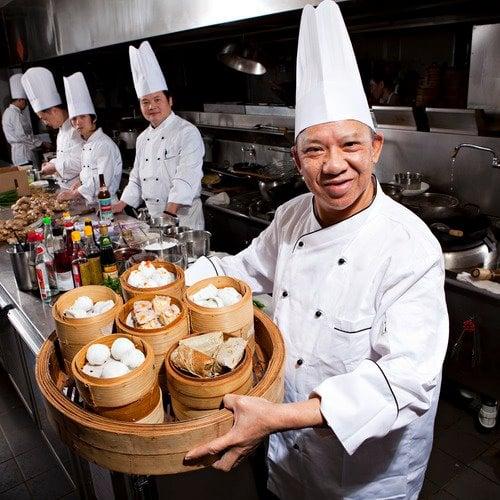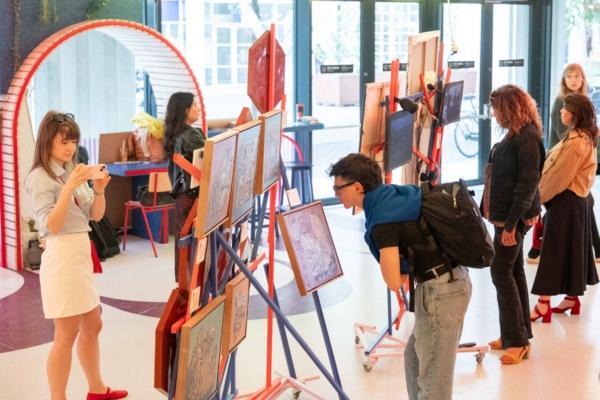In the past, pushing the “dim sum cart” around a Cantonese-style Chinese restaurant was one way to let diners choose their delicacies without leaving their seats. It was nicknamed “manipulating the grand bus.” Also, as a tradition in those good old days, the “bus driver” called out (sometimes in kind of a singing tune), what they brought along, such as “shrimp dumplings, siu mai (meat variants, seasoned pork dumplings), shark fin dumplings, chicken buns, glutinous rice with chicken, si bao (four ingredients) chicken...”
Mr. Lai Hung (also known to most people as “Brother Hung”), a dim-sum-making expert with over 50 years of experience in his trade, recalls the past when he started in the industry in Hong Kong, and he still talks about it with relish. “You can no longer taste such traditional dim sum in Hong Kong now. Many of the older masters have passed away, and many have emigrated. These experiences are all very precious...”




